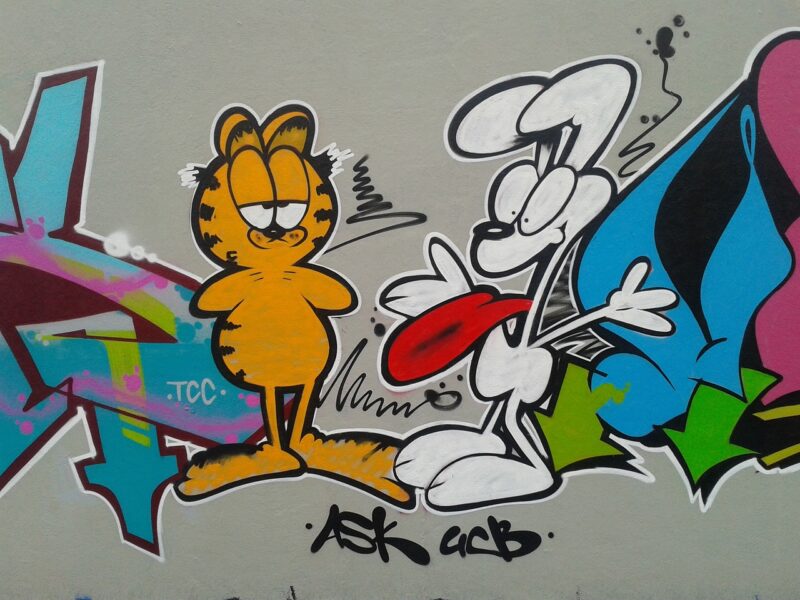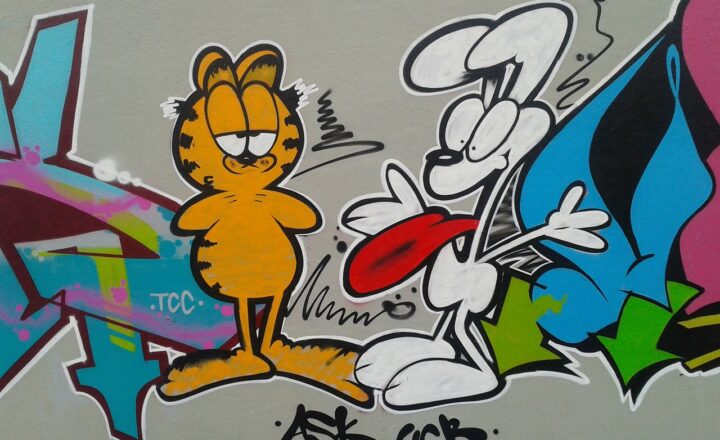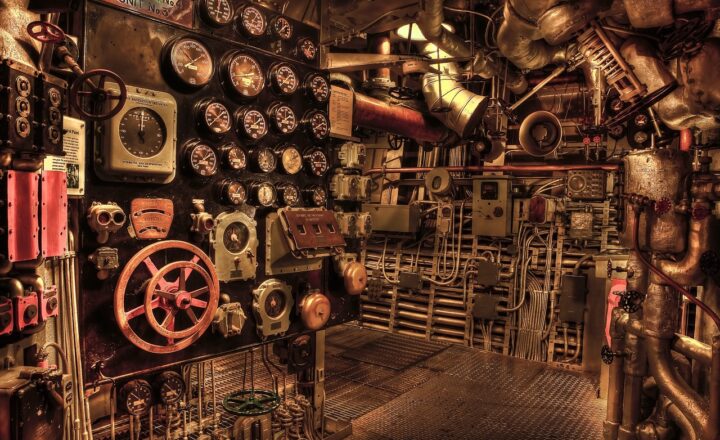The Hidden Truths Behind Your Favorite Cartoons: 10 Secrets You Never Knew
November 17, 2024

Cartoons have been an integral part of entertainment for audiences of all ages. From the whimsical tales of classic animated characters to modern adult cartoons that tackle serious themes, these animated series have shaped our childhood and left an indelible mark on our culture. But beneath their colorful exteriors and captivating stories lies a treasure trove of fascinating secrets that many fans might not know. In this article, we uncover ten hidden truths about your favorite cartoons that reveal the creativity, controversy, and cleverness behind these beloved shows.
1. The Original Aesthetic Inspirations
Many iconic characters were inspired by real-life figures or artistic movements. For example, the vibrant colors and exaggerated features of the characters in “The Simpsons” were influenced by the pop art movement. Meanwhile, “Batman: The Animated Series” utilized Art Deco aesthetics, which defined the visual style of Gotham City and its inhabitants. Understanding these influences provides a greater appreciation for the artistry behind the animation.
2. Hidden Adult Humor
One of the most entertaining aspects of many cartoons is the cleverly hidden adult humor that flies over the heads of younger viewers. Shows like “Shrek” and “The Simpsons” often include subtle references and jokes meant for an older audience. This multi-layered approach keeps parents engaged while watching with their children, making the experience enjoyable for all age groups.
3. Voice Actors: The Unsung Heroes
Cartoons often feature famous actors as voice actors, yet most viewers have no idea who brings their favorite characters to life. For instance, Tara Strong has voiced beloved characters like Timmy Turner from “The Fairly OddParents” and Bubbles from “The Powerpuff Girls.” These versatile actors contribute significantly to the characters’ personalities, often without getting the recognition they deserve.
4. Cultural References and Reflecting Society
Many animated shows often serve as a reflection of contemporary culture and societal issues. For example, “Futurama” tackles themes of capitalism, racism, and environmental concerns, all while remaining humorous. Through clever satire, cartoons can address serious topics in a way that makes them accessible and relatable to wider audiences.
5. The Power of Virality
In the age of the internet, cartoons have found new life through meme culture and social media. Memorable quotes and scenes from shows like “Rick and Morty” and “Adventure Time” have become viral sensations, giving the cartoons a new audience and relevance. The power of virality has transformed these shows into cultural phenomena, bringing them back into discussions long after their original aired.
6. The Influence of Technology on Animation
Advancements in technology have significantly changed the animation process. Traditional hand-drawn animation has largely been replaced by computer-generated imagery (CGI), allowing for greater detail and creativity. Shows like “Toy Story” and “Frozen” exemplify how technology has transformed animation, creating visual spectacles that modern audiences enjoy.
7. The Darker Origins of Some Characters
Some of our favorite cartoon characters come from surprising origins. For instance, many characters in Disney films have histories tied to darker stories. Cinderella, for example, originally came from a tale where her stepsisters mutilated their feet to fit into the glass slipper. Understanding these origins can shed light on how the stories have been sanitized or altered through retrials for modern audiences.
8. Iconic Merchandise with Hidden Messaging
Many cartoons have expanded their reach through merchandise, embedding hidden messages or themes into toys and apparel. For instance, some Lego sets based on popular cartoons may evoke underlying lessons about teamwork or creativity, cleverly tying the merchandise back to the themes of the show.
9. Themes of Friendship and Resilience
At their core, many cartoons revolve around themes of friendship, teamwork, and overcoming adversity. Shows like “Avatar: The Last Airbender” address personal growth, resilience, and the intricacies of human relationships, often transcending age barriers. These fundamental themes resonate with viewers, contributing to the shows’ timeless appeal.
10. A Legacy of Inspiration
Cartoons have the power to inspire future generations, influencing countless filmmakers, animators, and writers. Shows like “Looney Tunes” and “Disney Classics” have laid the groundwork for storytelling in animation. Their impact can be seen in modern cartoons, proving that the legacies of these early creations continue to thrive and inspire creativity in today’s entertainment industry.
Conclusion
Cartoons are not just mindless entertainment; they carry rich histories, deep themes, and hidden truths. By peeling back the colorful layers, we discover the artistic inspirations, cultural reflections, and life lessons embedded in these cherished shows. As audiences, it’s essential to appreciate the craft that goes into making these animated adventures while also uncovering the secrets that make them truly unforgettable.
Now that you’ve explored these ten hidden truths, the next time you catch up with your favorite cartoon, you might just see it in a whole new light!








